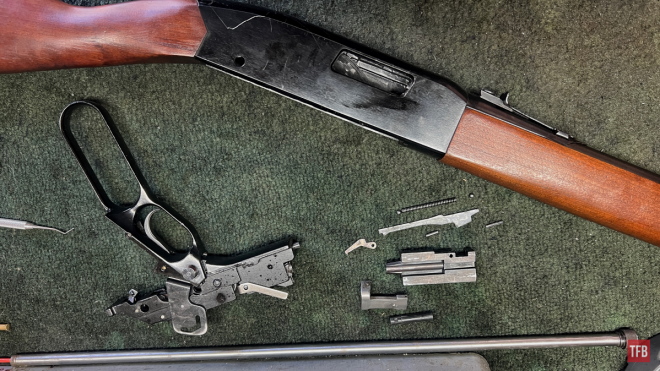Welcome everyone to the TFB Armorer’s Bench! As mentioned in the little blurb below, this series will focus on a lot of home armorer and gunsmith activities. In this article, I ran out of time to work on some projects and ended up having a Winchester 150 that was having light strike issues drop into my lap. The Winchester 150 and 190 rifles are extremely similar barring the mechanical differences between the lever action (Winchester 150) and the semiautomatic action (Winchester 190). Besides those action differences, they share a lot of the same common issues. In the middle of my work with this one, I thought it may be fun and informative to share. Let’s dive right into the Winchester 150 and 190 rifles!
TFB Armorer’s Bench: The Winchester 150 & 190 Rifles
Here, we at TFB hope to inform, entertain, and even inspire any would-be gunsmith or armorer out there. Ideally, with the information I provide and with the help of our sponsors, you can have some useful knowledge pertaining to the conservation and improvement of firearms technology while at the same time sharing experiences and teaching each other new tips and tricks along the way in the comments. Digging deep into what it is to be an armorer or gunsmith has significance but what is important is what those people do to show they’ve earned that title. I am happy to share my experiences and knowledge and hope it is informative!
Make your personal safety a priority:
- Practice proper gun safety. Always make sure before the firearm hits your bench that it is unloaded and safe to be handled.
- Wear the proper safety equipment. The main one would be safety glasses (decent ones) since parts are often under spring tension and you may work with high RPM tools. Other honorable mentions would be latex gloves or a respirator when working with potentially harmful solvents and oils. Also hearing protection when working with loud machinery or test-firing firearms.
- Modifications, alterations, and customizations will void your firearm’s warranty 9.5 times out of 10. Please take that into consideration before attempting any at-home gunsmithing.
- If you are unsure about proper safety practices, disassembly procedures, or warranty standards, stop, put down the tools, and consult a competent gunsmith.
Quick History: The Winchester 150 & 190 Rifles
The Winchester 150 and Winchester 190 .22LR rifles both hit the market in 1967. The Winchester 150 was a lever action rifle that was marketed to be “Hammerless” much like the Colt 1903 Pocket Hammerless was (spoiler it has a hammer on the inside). The Winchester 150 had a 20 1/2 inch barrel and in its seven years of production 47,400 of them were produced.

Winchester 150 Lever Action Rifle
Lot #65248 Winchester Model 150 .22 S-L-Lr Lever Action Rifle. (n.d.). proxibid.com. photograph. Retrieved September 9, 2022, from https://www.proxibid.com/Rifles/Lever-Action-Rifles/WINCHESTER-MODEL-150-22-S-L-LR-LEVER-ACTION-RIFLE/lotinformation/61549156.
The Winchester 190 was the semiautomatic .22LR and it had three separate variations. The regular rifle had a 24-inch barrel. Then there was a carbine version which had a 20 1/2 inch barrel much like the Model 150. Then later in its production, a Monte Carlo stocked Model 190 (called the 290) popped up. By the end of their production in 1980, the manufacturing numbers for the Winchester 190 were roughly 2,150,000. That is the long way of me saying there are a lot of both of these guns and they both have common issues so let’s get started!
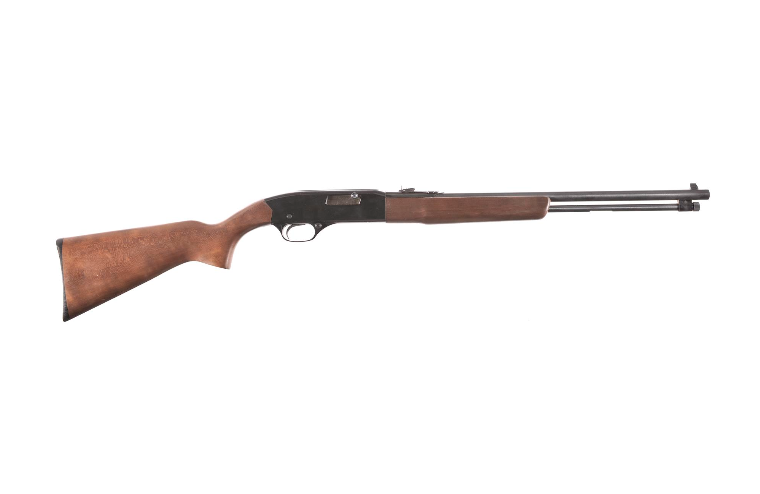
Winchester 190 Semi-Automatic Rifle
Lot 419: Winchester 190 Rifle 22 Sl Lr. (n.d.). Rock Island Auction Company. photograph. Retrieved September 9, 2022, from https://www.rockislandauction.com/detail/2014/419/winchester-190-rifle-22-sl-lr.
Common Issues & Potential Reasons
Light Strikes: Probably the number one issue that these are known for is light strikes. A number of different things can cause this, especially with such inconstant ammunition as .22 rimfire cartridges. That being said, it can be sort of tough to narrow it down. One of the most common things I hear from customers about these guns is that they believe the firing pin is broken. Believe it or not, I have never found any issue with the firing pins. No breakage, warping, chipping or dulling. More often than not (with rimfire guns in general) the gun needs a good cleaning. Lead fouling, carbon, dirt, dust, and grime in general all have a way of slowing and inhibiting mechanisms. Short version: Keep your gun clean.

Winchester 150 bolt assembly
This leads me to the first and most common problem with these guns. They get full of lead and fouled up in the chamber and bolt face areas. This creates mass and space over time and as a result, you may experience light strikes. The gun is more or less preventing out of battery kabooms since the bolt is starting to creep further and further back.

Winchester 150 chamber area
This has a lot to do with the shape of the bolt and the reverse shape of the chamber (or at least the bolt face recess). The bolt has an almost pyramid or conical shape at the front and this does a great job of sealing things off. More often than not the reward assemblies inside the Winchester 150 rifles will be spotless because the bolt and chamber seal so well. An unfortunate byproduct is that they catch and compact all the lead and carbon. So, once again, keep an eye on it and keep it clean.
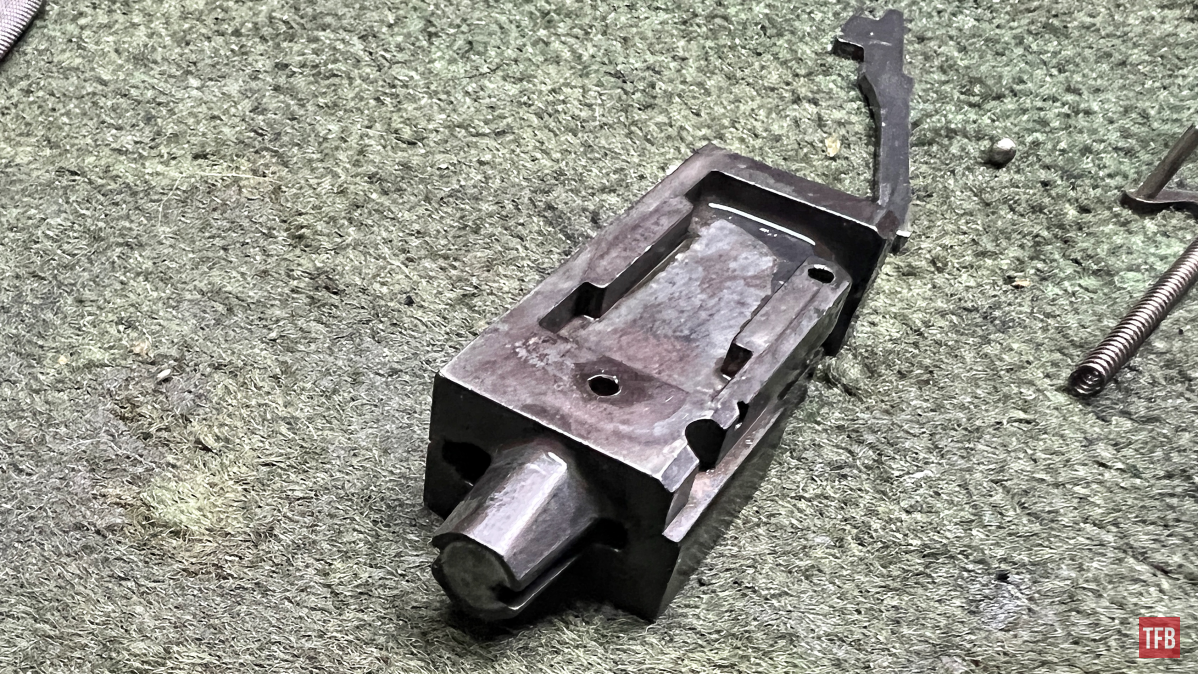
Winchester 150 bolt face
Another problem that occurs, and I have only seen this once, is that the barrels of these guns work loose. Apparently, it is a bigger issue than I have seen in my short time as a gunsmith. The barrels of the Winchester 150 and 190 are pressed into the receiver and torqued down with a threaded nut located just in front of the receiver (basically just in front of where the chamber would end). With heavy use, these nuts can come loose, and then the barrel will follow suit. One easy test is to literally push and pull on the barrel to see if there is any noticeable play back and forth.
The only resolution to this issue is to take your gun apart to get to the barrel nut. This can be accessed and done by removing the magazine tube (be very careful they are easily dented…foreshadowing) and removing the hand guard. From there it is simple. Just tighten down the nut with a wrench. I would be fairly gentle as far as torque spec since I am sure the receivers can be harmed with too much force. If I remember correctly, the one time I encountered this problem I rolled with 20-25 foot pounds.
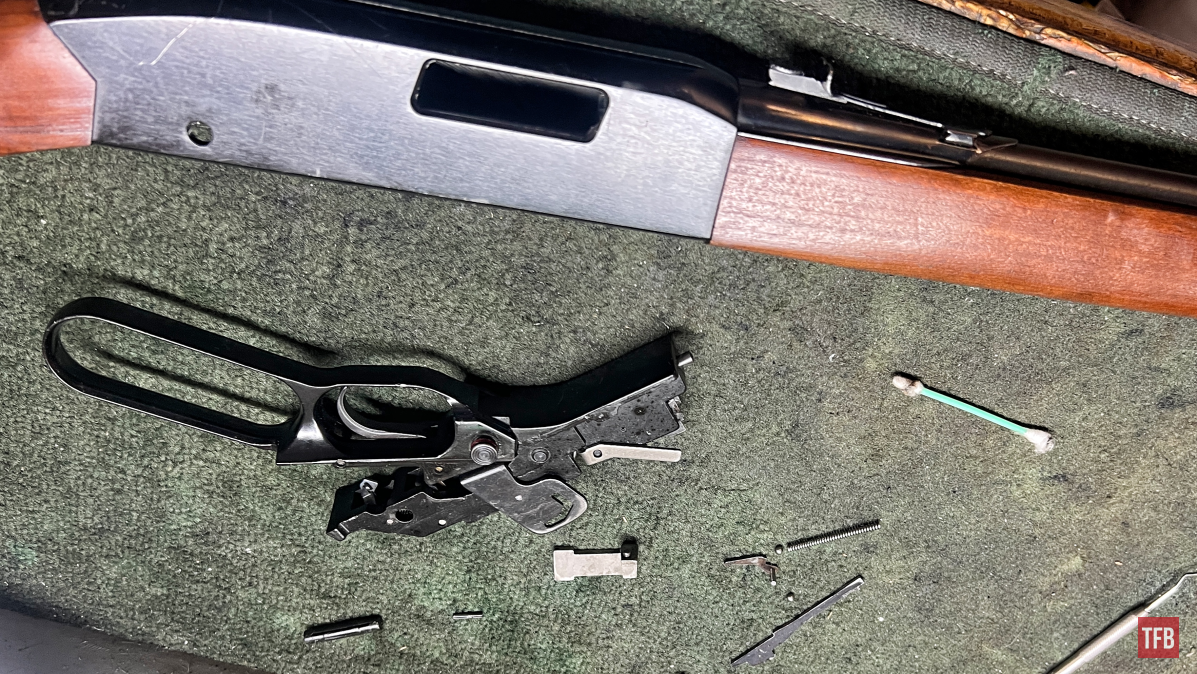
Feeding Issues: Feeding issues are less common but definitely in the top two problems that arise with these guns. It is not something that is specific to the semiautomatic Model 190 but I would say it happens more often with that one. Just the nature of the autoloading 22 beasts.
As I mentioned these sorts of issues arise more so with the Winchester 190 but they are not exclusive to it. Guns in general with tubular magazines have a weak spot in that the tubular magazine is usually very thin metal, whether it be steel, aluminum, brass, etc. These magazines are prone to be bent and more often dented. This can lead to poor feeding. The followers or rims can snag on a dent or cause slack in the tube. Reliable feeding needs that spring tension in order to make sure a shell is ready and in the correct position to be lifted up and chambered.

Working our way up from the magazine the lifter can have issues although it would not be the top problem I would look at. Lifters or carriers can break, bind, and rust, and then obviously they can stop working right. Their springs can wear out with heavy use as well. A dirty gun can expedite wear in these parts because it forces them to work harder through the grime and resistance.
Last but not least, the feed guide lips can get bent or can rust. Rusty feed lips from lack of maintenance or prolonged neglect can break if they rust through enough. I would say they are more often bent in my experience. What happens is feeding issues occur and a cartridge may get lodged somewhere in the gun. This can be on the chamber side or in the lifter/carrier area. Regardless the quick and easy fix (I am guilty of this too) is sticking a knife, screwdriver, key, etc inside the gun to try to pry and dislodge the jammed cartridge. If pressure is applied to the feed guide lips it will bend and damage them. Be careful!
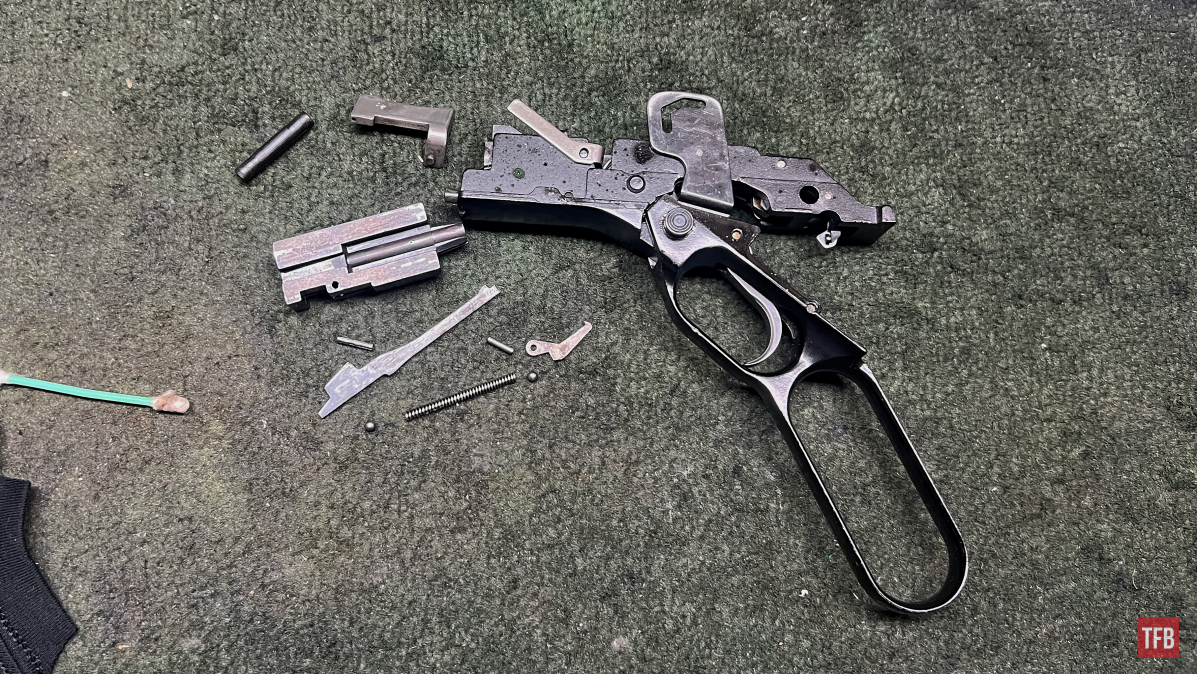
Conclusion: The Winchester 150 & 190 Rifles
All in all, I have preached it before and I am saying it once again, make sure you take good care of your firearms. Keep them clean no matter the hassle. Rimfire guns are notorious for issues out of the box and clean as can be so do not jump to conclusions that something is wrong with your gun. Rimfire ammunition is unreliable and dirty in comparison to centerfire cartridges. Keep those chambers and bolt faces clean. I recommend a good dental style pick to get in there and break the junk up in the chamber and wash out with bore cleaner and a bore snake. Hope you all enjoyed the little rant and some information I take for granted.
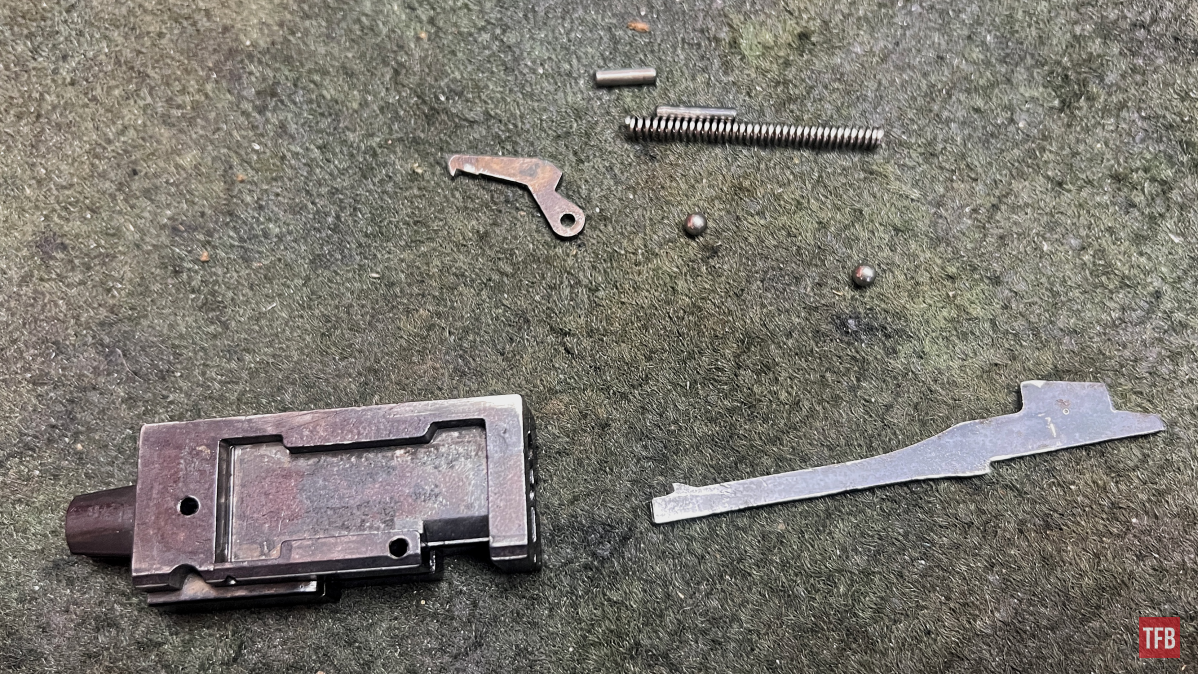
As always, thank you for reading TFB! Be safe out there, have fun while shooting, and we will see you next time for the TFB Armorer’s Bench! Also, let us know what you think in the comments below! We always appreciate your feedback.
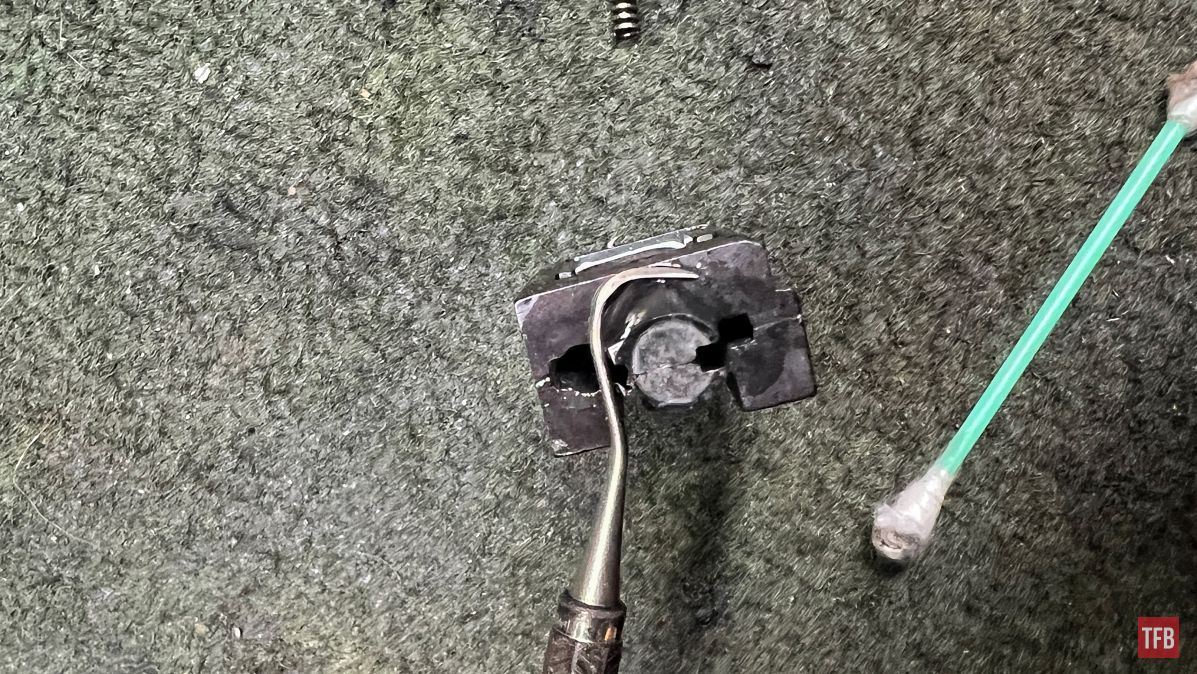

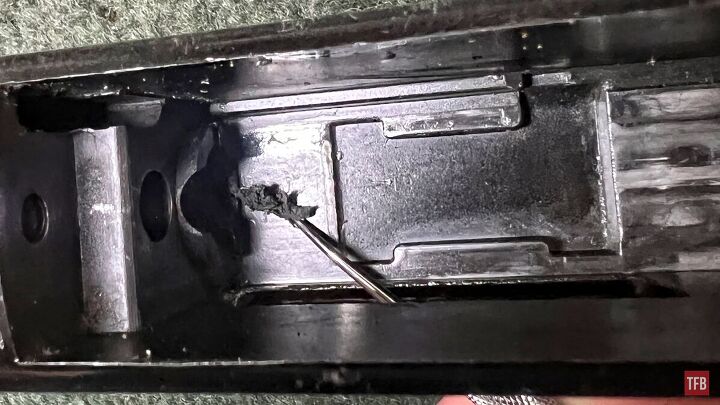
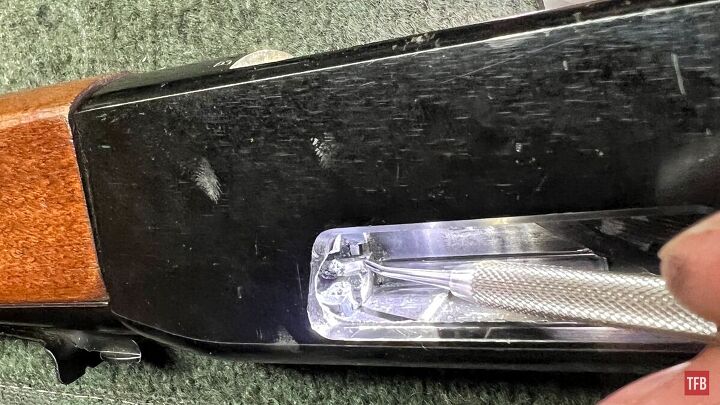
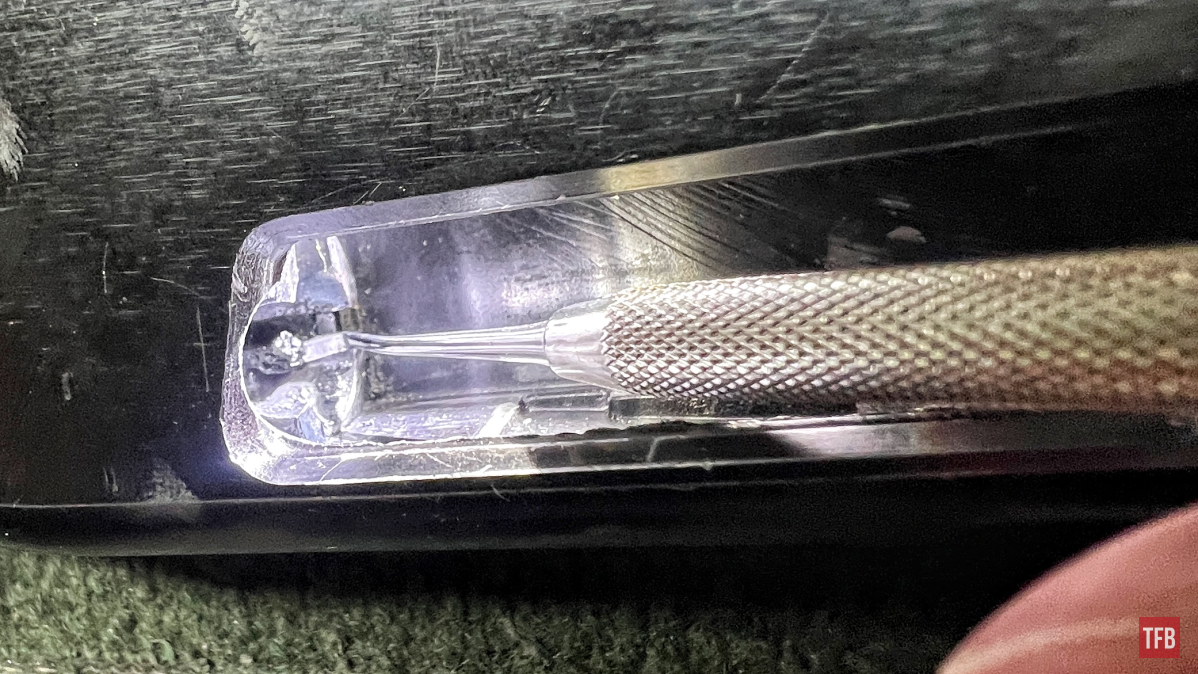
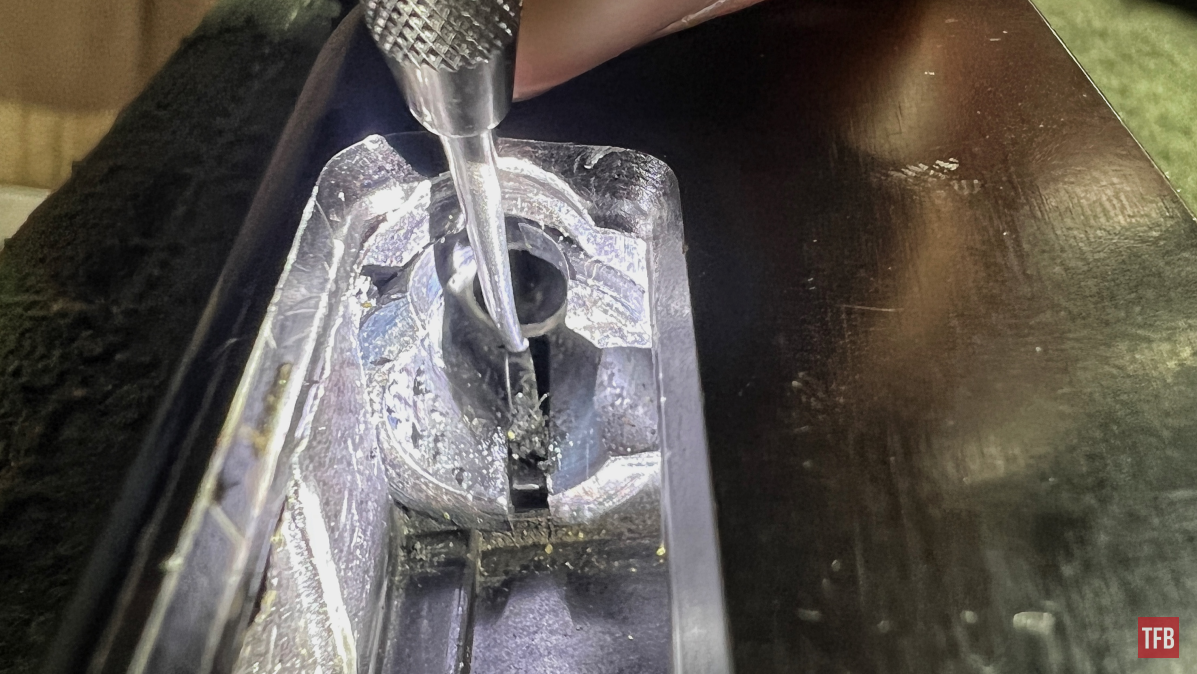
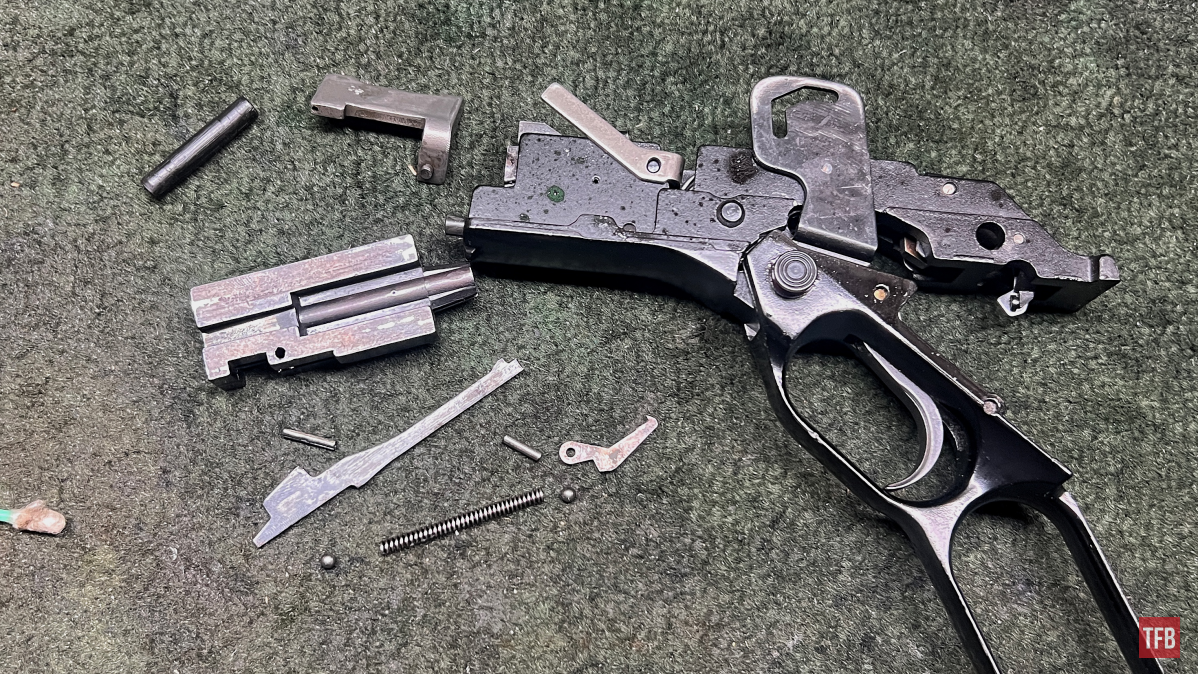
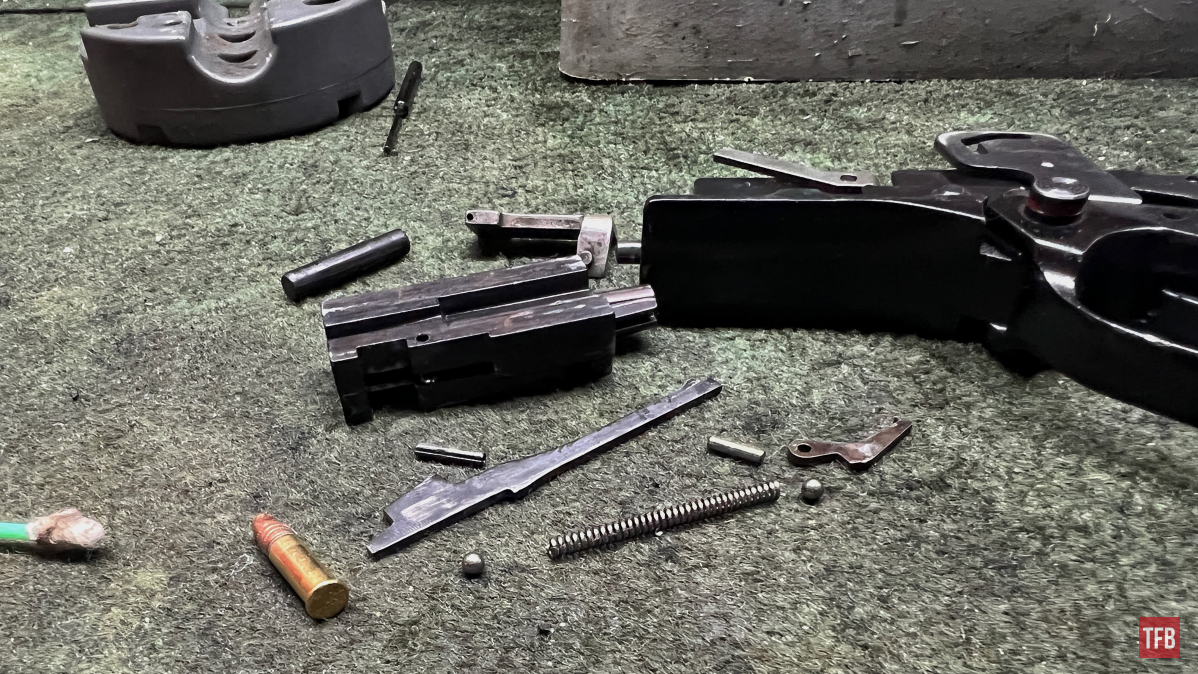
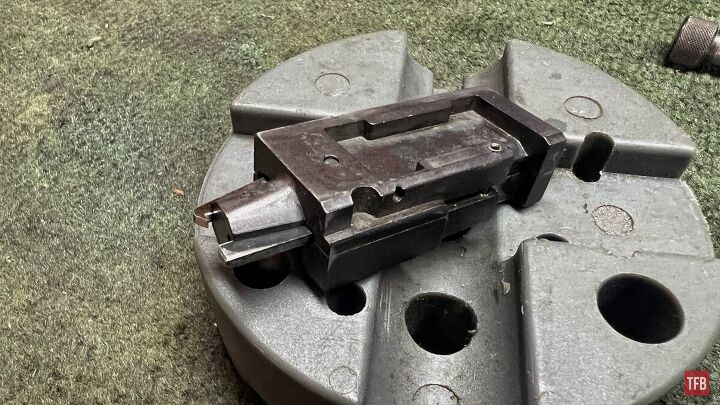
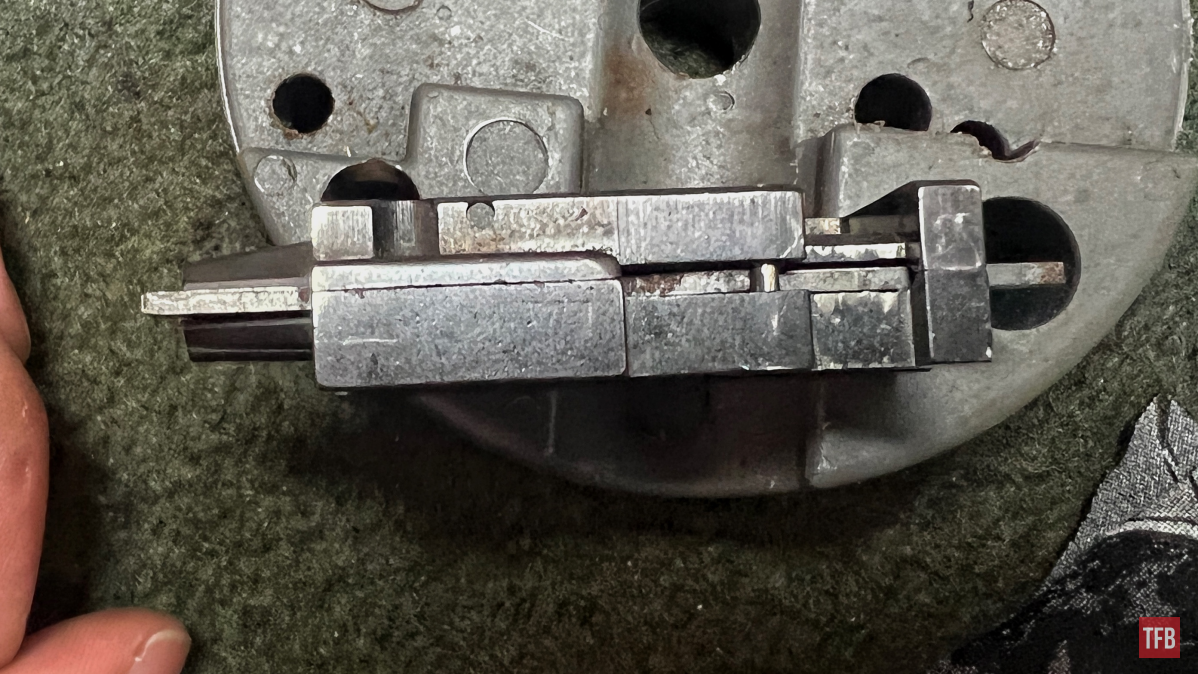
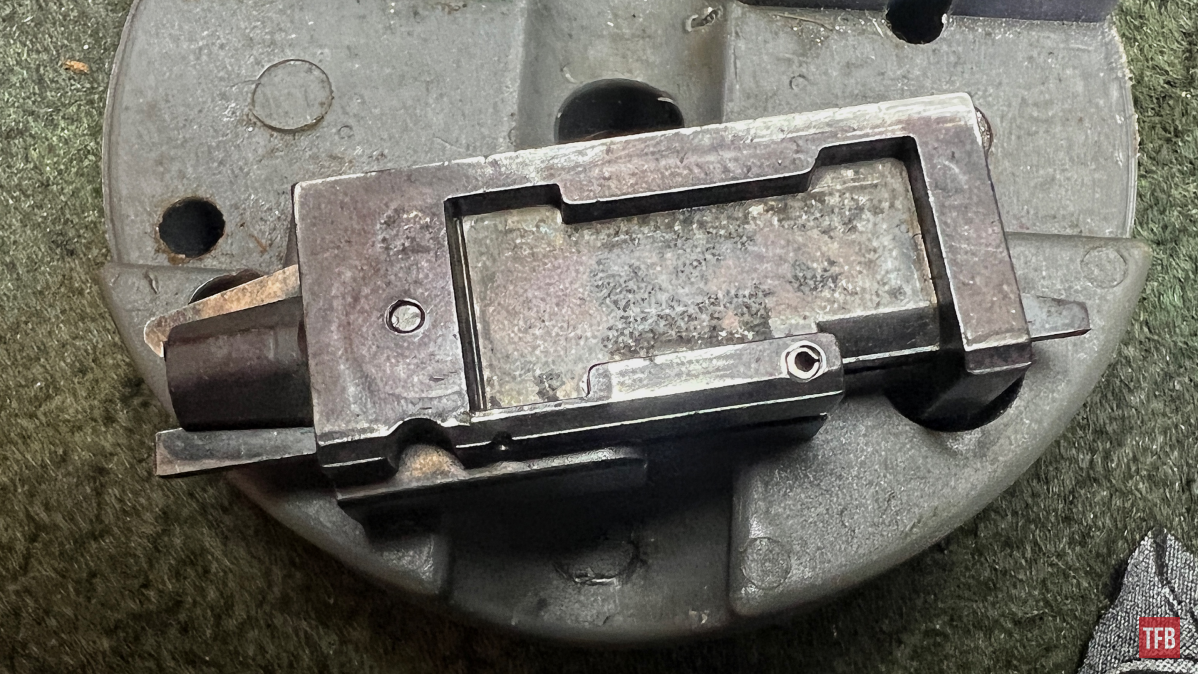
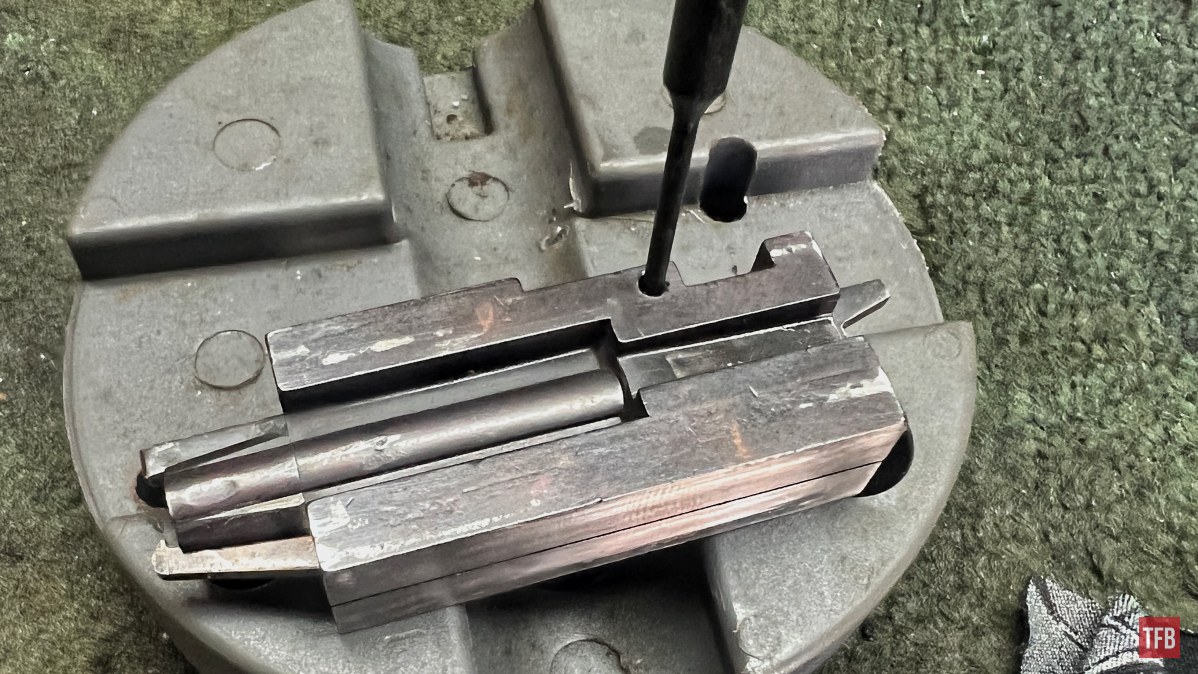
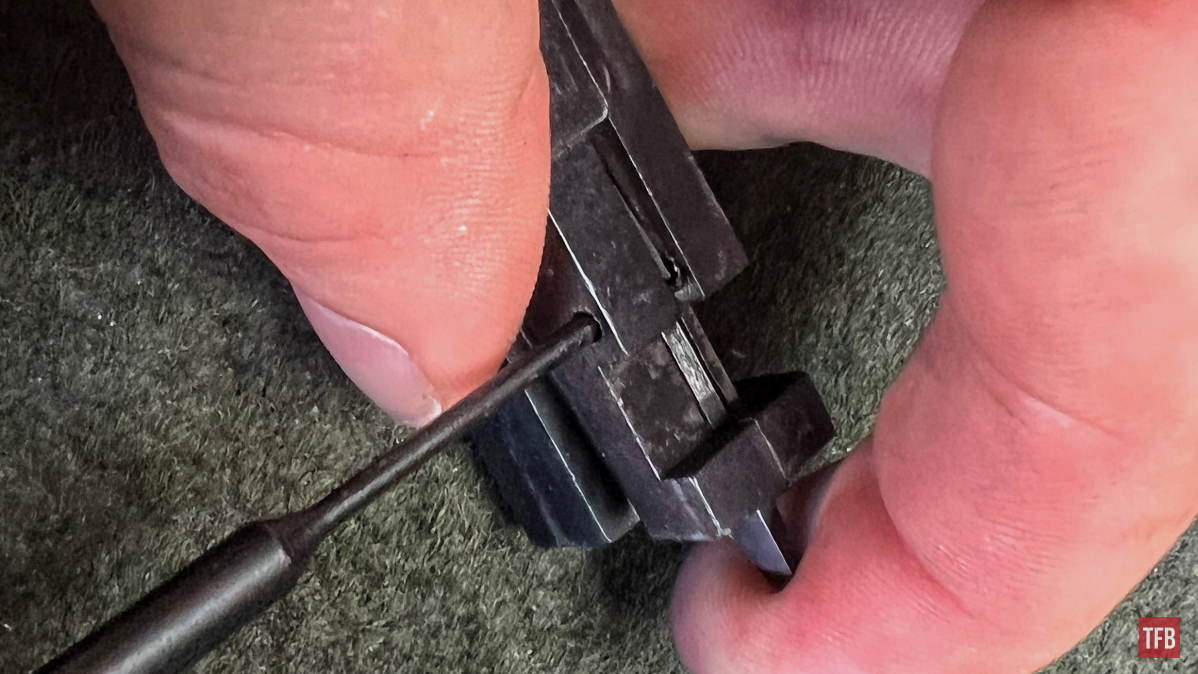
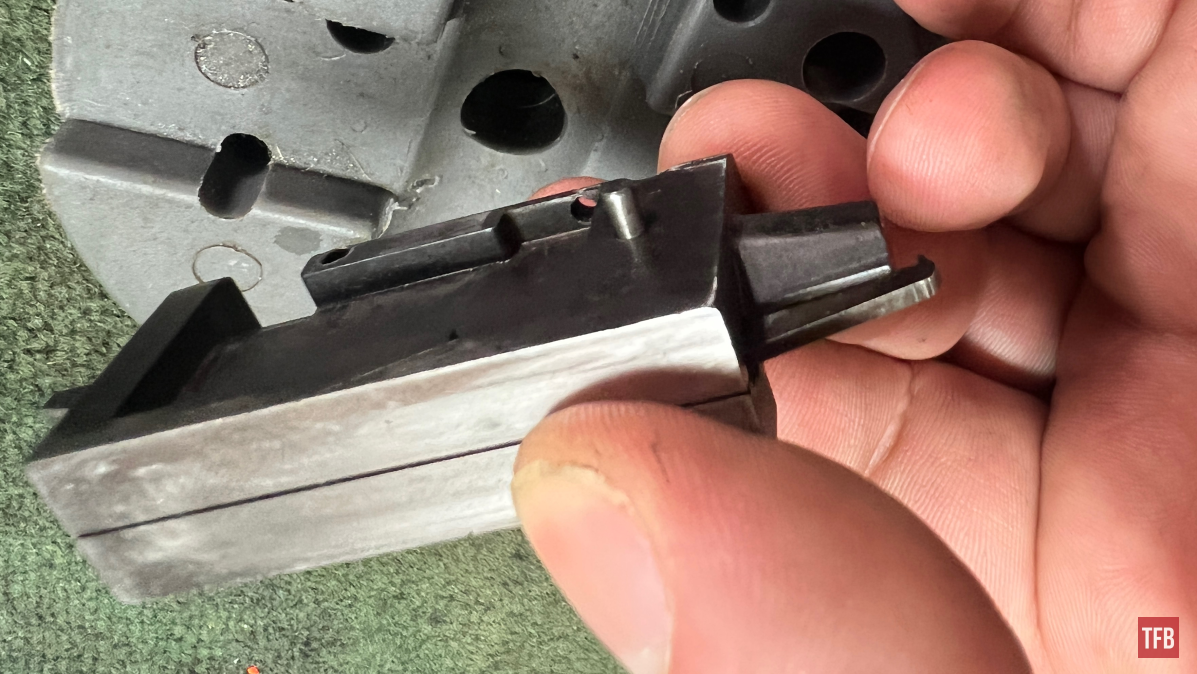
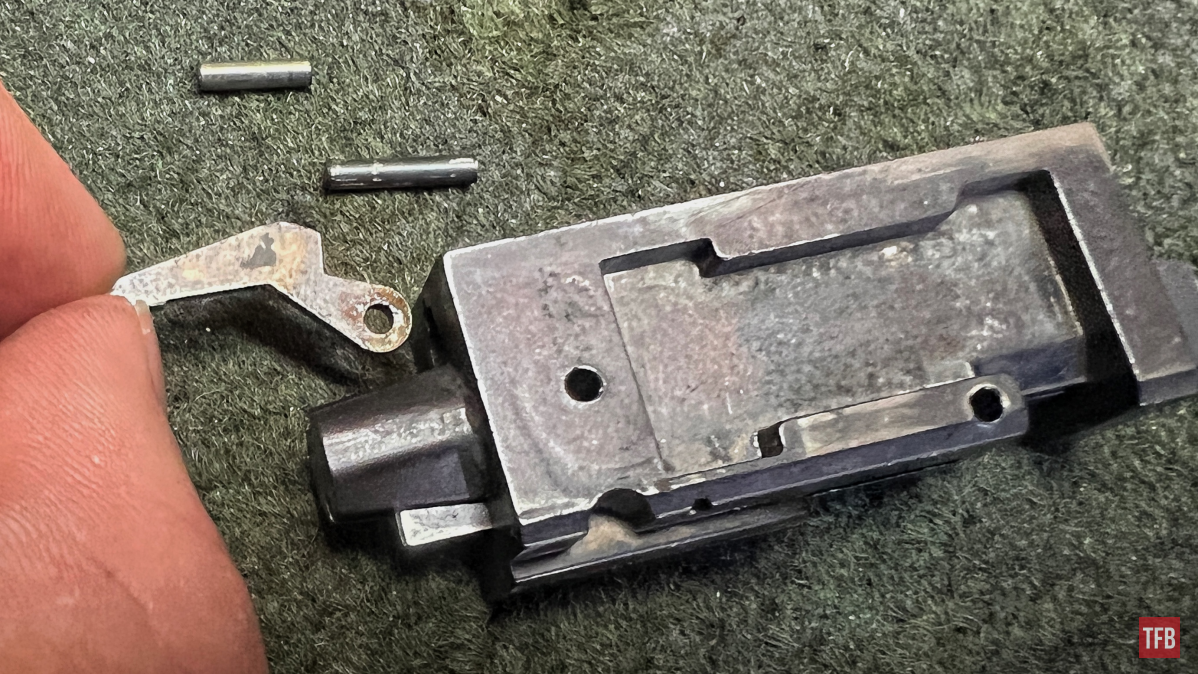
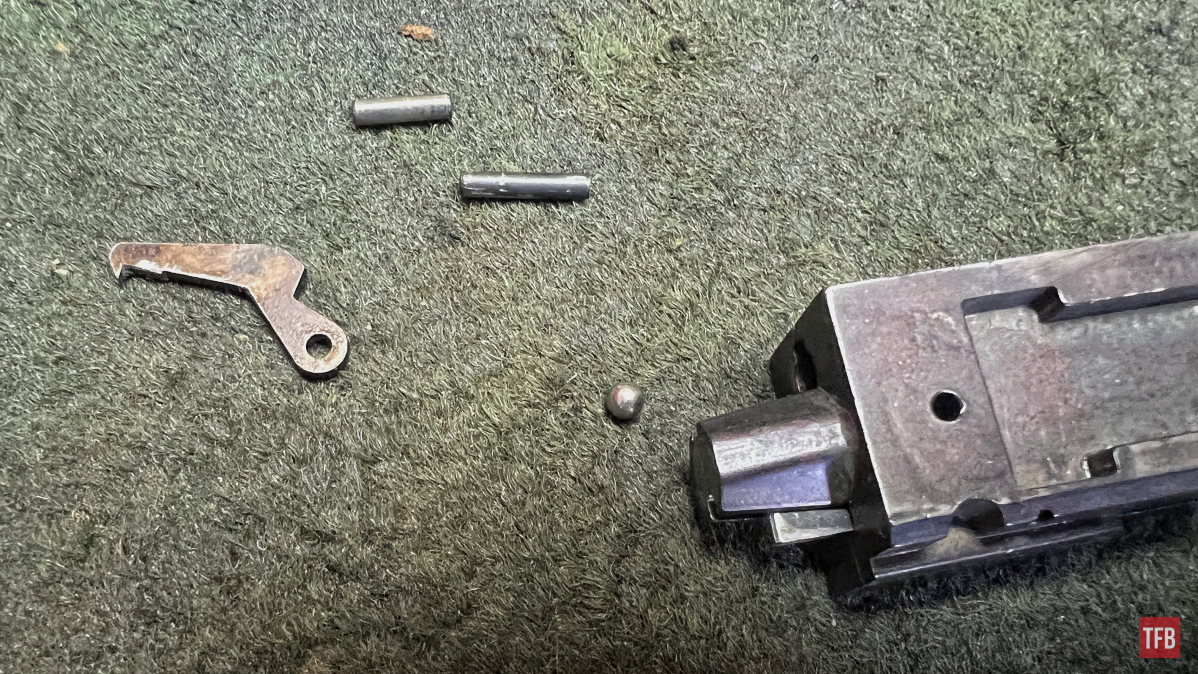
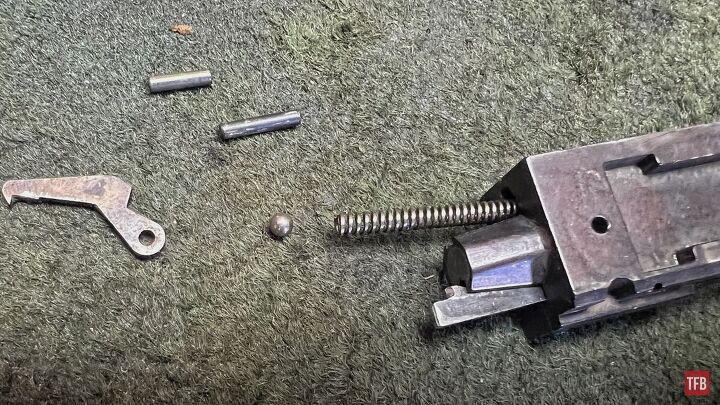

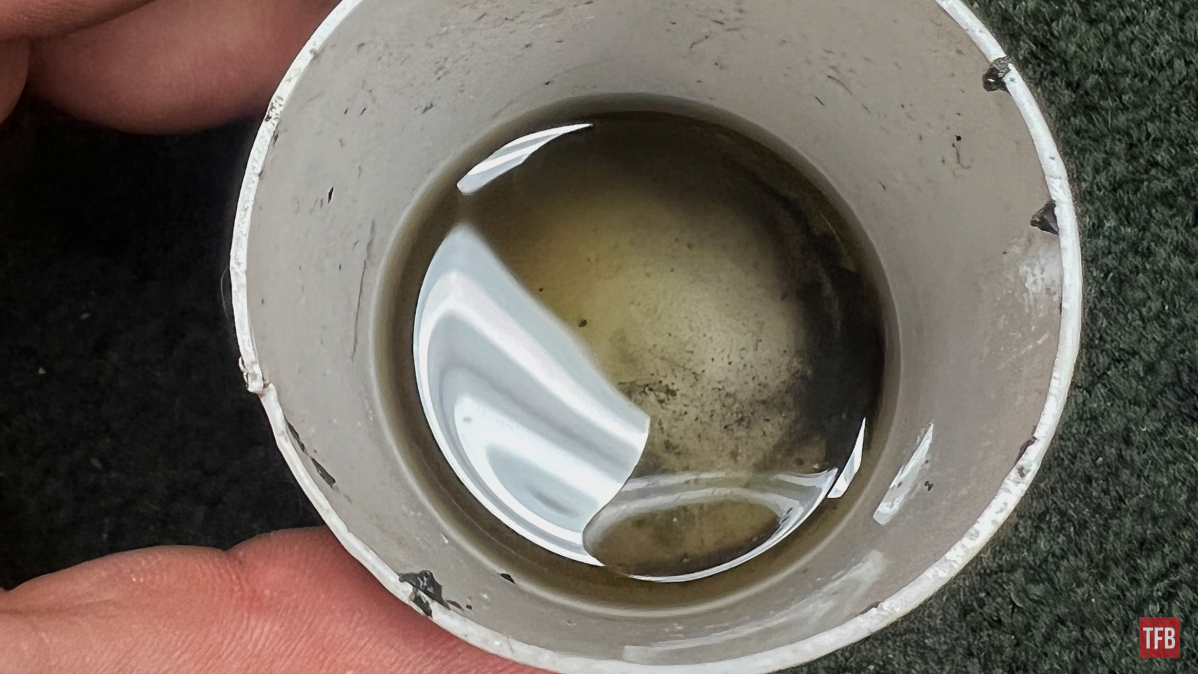
 Your Privacy Choices
Your Privacy Choices
